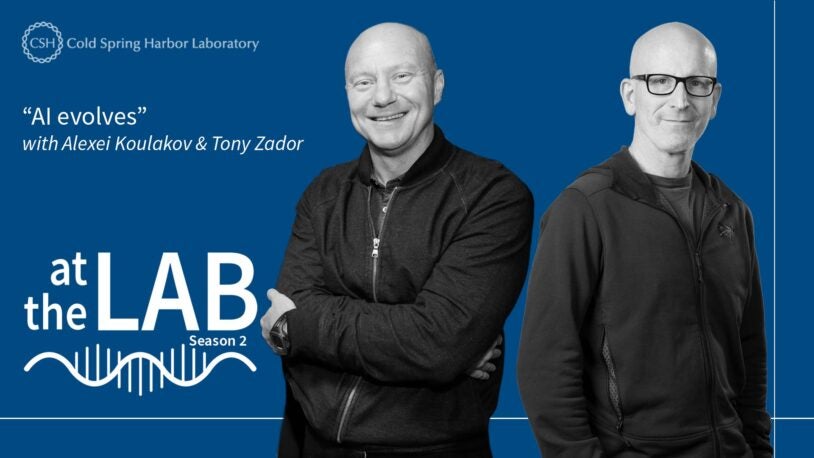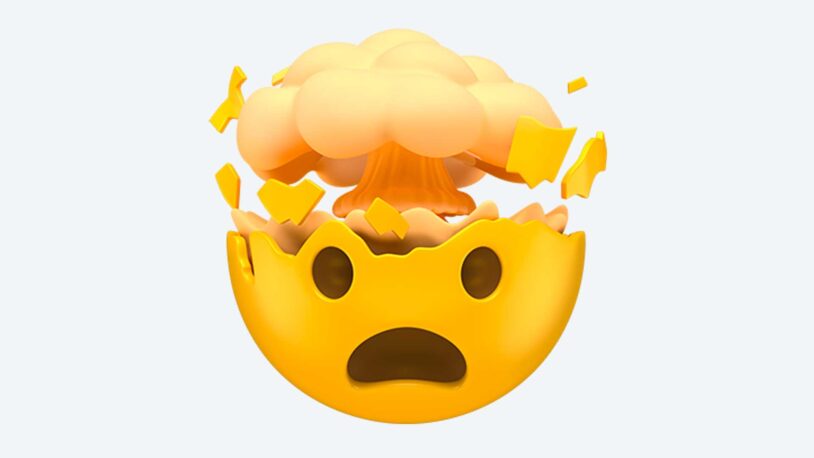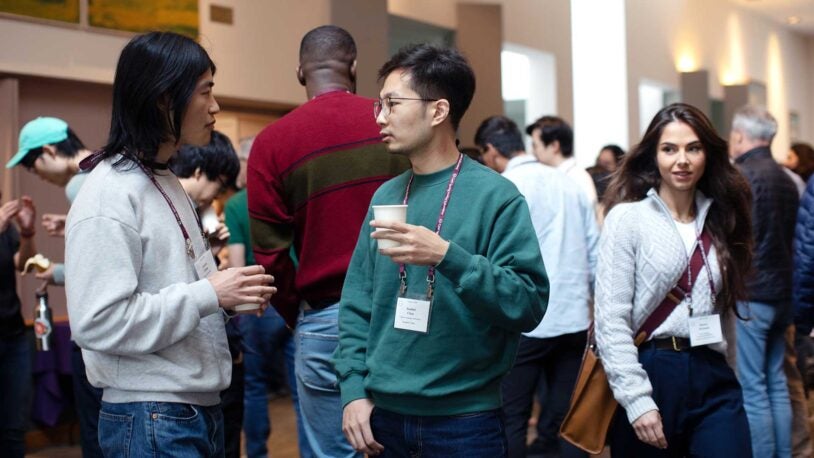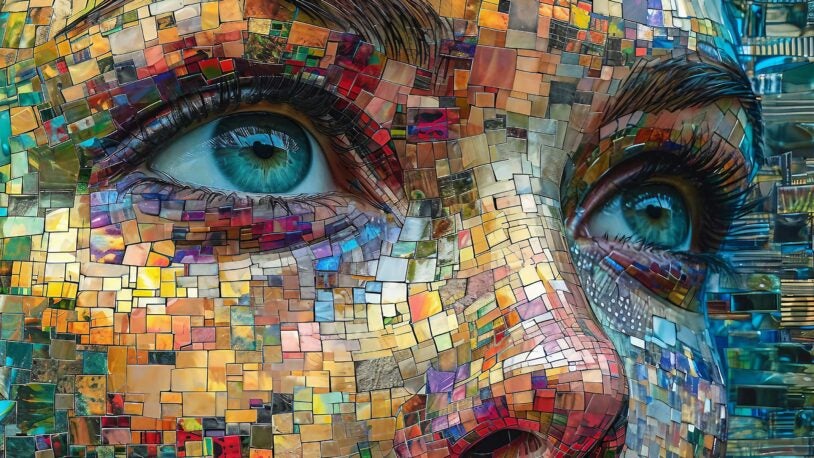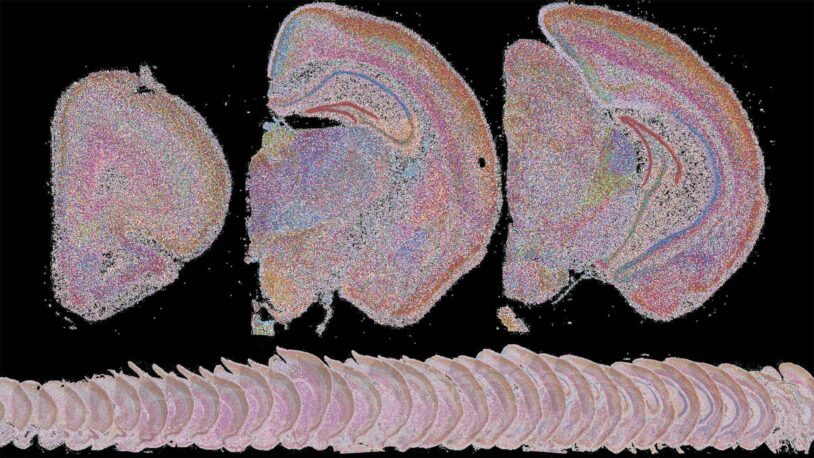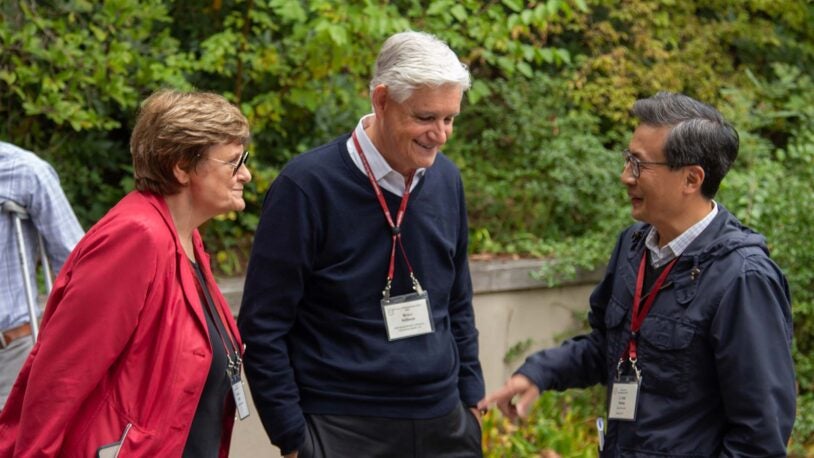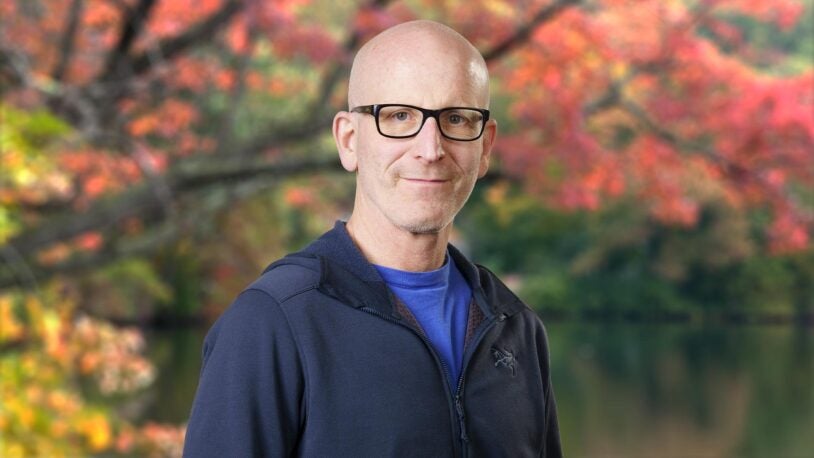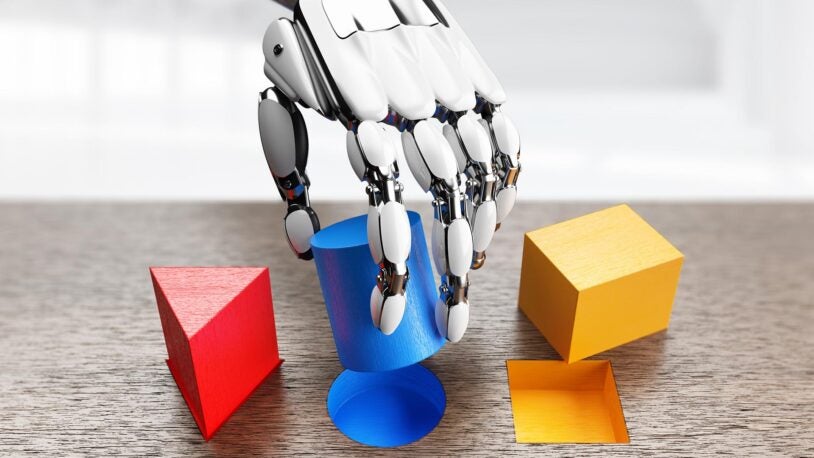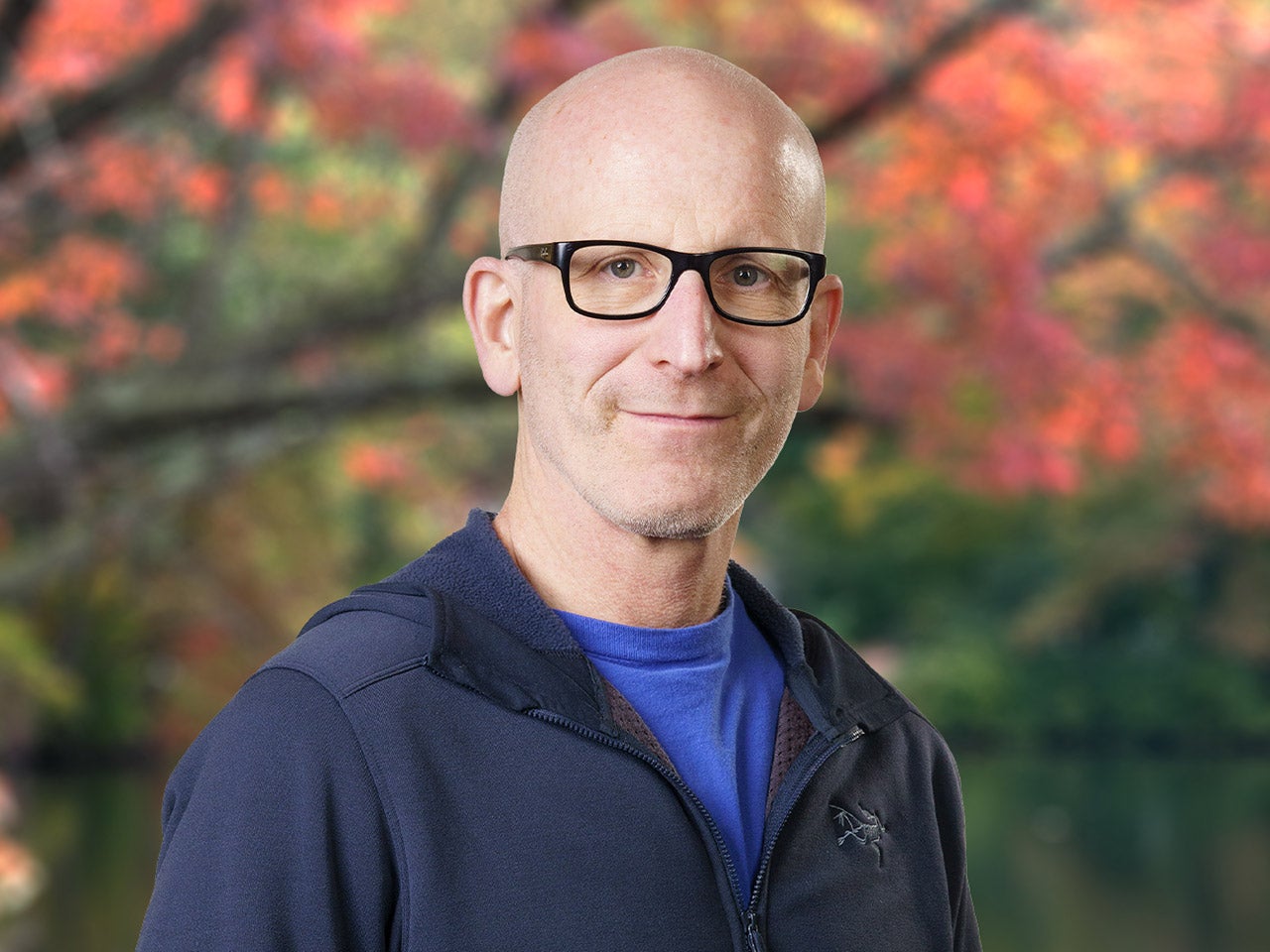
Anthony Zador
Professor
The Alle Davis and Maxine Harrison Professor of Neurosciences
M.D., Ph.D., Yale University, 1994
zador@cshl.edu | 516-367-6950
My lab studies how circuitry in the brain gives rise to complex behaviors, one of nature’s great mysteries. We study how the auditory cortex processes sound, and how this is interrupted in autism. We also seek to obtain a wiring diagram of the mouse brain at the resolution of individual neurons. Our unusual approach exploits cheap and rapid “next-gen” gene sequencing technology.
Anthony Zador and colleagues study how brain circuitry gives rise to complex behavior. Work in the lab is focused on two main areas. First, they ask how the cortex processes sound, how that processing is modulated by attention, and how it is disrupted in neuropsychiatric disorders such as autism. Recently, the lab found that when a rat makes a decision about a sound, the information needed to make the decision is passed to a particular subset of neurons in the auditory cortex whose axons project to a structure called the striatum. In the second major line of work in the Zador lab, they are developing new methods for determining the complete wiring instructions of the mouse brain at single-neuron resolution, which they term the “Connectome.” In contrast to previous methods, which make use of microscopy, these methods exploit high-throughput DNA sequencing. Because the costs of DNA sequencing are plummeting so rapidly, these methods have the potential to yield the complete wiring diagram of an entire brain for just thousands of dollars.
At the Lab: AI evolves
May 20, 2025
CSHL neuroscientists discuss the biological brain’s multibillion-year advantage over AI—and the new algorithm they built based on that concept.
A perception quiz to blow your mind
March 26, 2025
Ready to think differently about how you see, smell, hear, taste, touch, and make sense of the world around you?
The next evolution of AI begins with ours
November 25, 2024
How do innate abilities get passed down? Cold Spring Harbor neuroscientists have devised a solution that could lead to faster artificial intelligence.
Great minds think AI
October 16, 2024
Innovators and thought leaders in the fields of artificial intelligence and neuroscience came together for a meeting at Cold Spring Harbor Laboratory.
NeuroAI with an eye on equity
September 30, 2024
Working at the intersection of neuroscience and computer science, CSHL researchers aim to build AI that will benefit everyone, not just the lucky few.
Mapping the mind with BARseq
June 3, 2024
CSHL Professor Anthony Zador’s powerful brain-mapping tool has received a major upgrade. Instead of thousands of neurons, it can now map millions.
President’s essay: The continuous cycle of discovery
May 30, 2024
CSHL President & CEO Bruce Stillman discusses our institution’s societal impacts and global connections as forces for further scientific progress.
The CSHL School of Biological Sciences’ class of 2024
May 5, 2024
The School of Biological Sciences awarded Ph.D. degrees to 11 students this year. Here are some stories and reflections from their time at CSHL.
Zador wins maiden NIH BRAIN CONNECTS grant
October 24, 2023
Zador and collaborators have been awarded over $2 million to fine-tune a new brain mapping technique—one that might help transform the field.
Is today’s AI actually intelligent or just acting?
June 1, 2023
Before it can change the world, AI must learn to walk. To help get it there, Professor Anthony Zador has proposed a new ‘embodied’ Turing test.
All Publications
Massive multiplexing of spatially resolved single neuron projections with axonal BARseq
27 Sep 2024 | Nature Communications | 15(1):8371
Yuan, Li; Chen, Xiaoyin; Zhan, Huiqing; Henry, Gilbert; Zador, Anthony;
Encoding innate ability through a genomic bottleneck
17 Sep 2024 | Proceedings of the National Academy of Sciences of the United States of America | 121(38):e2409160121
Shuvaev, Sergey; Lachi, Divyansha; Koulakov, Alexei; Zador, Anthony;
Selective expansion of motor cortical projections in the evolution of vocal novelty
14 Sep 2024 | bioRxiv
Banerjee, Arkarup; Isko, Emily; Harpole, Clifford; Zheng, Xiaoyue; Zhan, Huiqing; Davis, Martin; Zador, Anthony;
Lightning Pose: improved animal pose estimation via semi-supervised learning, Bayesian ensembling and cloud-native open-source tools
Jul 2024 | Nature Methods | 21(7):1316-1328
Biderman, Dan; Whiteway, Matthew; Hurwitz, Cole; Greenspan, Nicholas; Lee, Robert; Vishnubhotla, Ankit; Warren, Richard; Pedraja, Federico; Noone, Dillon; Schartner, Michael; Huntenburg, Julia; Khanal, Anup; Meijer, Guido; Noel, Jean-Paul; Pan-Vazquez, Alejandro; Socha, Karolina; Urai, Anne; International Brain Laboratory; Cunningham, John; Sawtell, Nathaniel; Paninski, Liam;
Whole-cortex in situ sequencing reveals input-dependent area identity
24 Apr 2024 | Nature
Chen, Xiaoyin; Fischer, Stephan; Rue, Mara; Zhang, Aixin; Mukherjee, Didhiti; Kanold, Patrick; Gillis, Jesse; Zador, Anthony;
The origins of COSYNE: Building a community
27 Feb 2024 | The Transmitter
Zador, Anthony;
Neurons in the primary visual cortex of freely moving rats encode both sensory and non-sensory task variables
Dec 2023 | PLoS Biology | 21(12):e3002384
Zhang, Anqi; Zador, Anthony; Klausberger, Thomas;
Stable sound decoding despite modulated sound representation in the auditory cortex
23 Oct 2023 | Current Biology | 33(20):4470-4483.e7
Funamizu, A; Marbach, F; Zador, A;
Stable sound decoding despite modulated sound representation in the auditory cortex
15 Sep 2023 | bioRxiv
Funamizu, Akihiro; Marbach, Fred; Zador, Anthony;
Neuroscience Needs Network Science
23 Aug 2023 | Journal of Neuroscience | 43(34):5989-5995
Barabási, Dániel; Bianconi, Ginestra; Bullmore, Ed; Burgess, Mark; Chung, SueYeon; Eliassi-Rad, Tina; George, Dileep; Kovács, István; Makse, Hernán; Nichols, Thomas; Papadimitriou, Christos; Sporns, Olaf; Stachenfeld, Kim; Toroczkai, Zoltán; Towlson, Emma; Zador, Anthony; Zeng, Hongkui; Barabási, Albert-László; Bernard, Amy; Buzsáki, György;
